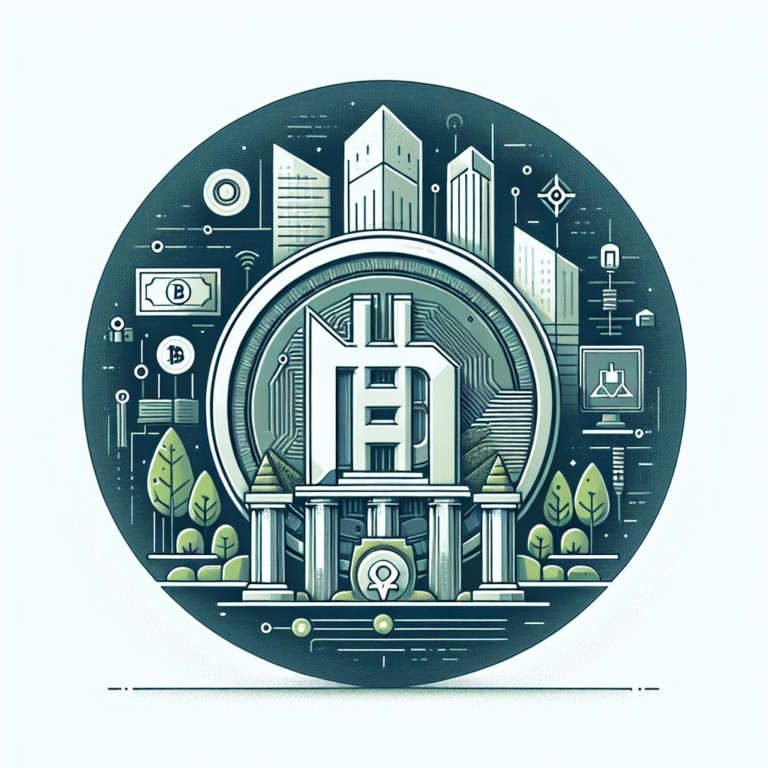Transform Your Website with Seamless Web3 Integration
Introduction
As the internet evolves, the need for better security, privacy, and user control has led to the emergence of Web3 technology. This next generation of the web enables decentralized applications (dApps) and blockchain integration, providing a transformative approach to how websites operate. In this article, we will explore the essentials of Web3 integration, its benefits, key components, implementation strategies, best practices, case studies, and future trends.
What is Web3?
Web3 refers to a new paradigm for applications and services on the internet that utilizes decentralized networks, primarily through blockchain technology. Unlike Web2, where applications are typically centralized and controlled by a few entities, Web3 allows for peer-to-peer interactions, providing users with more control and ownership of their data.
Difference between Web2 and Web3
- Web2: Centralized platforms, user-generated content, and data monetization by large corporations.
- Web3: Decentralized platforms, user ownership of data, and value creation through digital assets.
Benefits of Web3 Integration
- Enhanced security: By leveraging blockchain technology, Web3 integration minimizes the risk of data breaches and hacks.
- Improved user privacy: Users have full control over their data, allowing for greater privacy and security.
- Increased control over data: Users can manage their digital identities and assets, ensuring transparency and control.
Key Components of Web3 Integration
- Blockchain technology: A decentralized ledger that records all transactions securely.
- Smart contracts: Self-executing contracts with the terms of the agreement directly written into code. For an in-depth understanding, check out this resource.
- Decentralized storage: Distributed data storage solutions that enhance security and accessibility.
How to Implement Web3 on Your Website
Integrating Web3 technologies into your website involves several steps:
- Identify your goals and the Web3 features you want to implement.
- Choose appropriate Web3 tools and platforms, such as Ethereum, IPFS, or Filecoin.
- Develop or modify your website to support blockchain interactions.
- Integrate crypto wallets for secure transactions.
- Ensure proper testing and deployment of dApps.
Best Practices for Web3 Integration
- User interface considerations: Design interfaces that are user-friendly and educate users on Web3 functionalities.
- Ensuring compatibility with existing systems: Make sure your Web3 integration works well with legacy systems and traditional web technologies.
Case Studies
Several organizations have successfully adopted Web3 integration, showcasing its potential:
- Example 1: A real estate platform using smart contracts for transparent transactions.
- Example 2: An art marketplace leveraging NFTs on websites to facilitate secure digital asset management.
Future Trends in Web3
The future of Web3 is promising, with several trends emerging:
- Predictions of greater adoption of decentralized finance (DeFi).
- Emerging technologies like layer-2 solutions improving transaction speeds and scalability, as detailed in this article.
FAQ
What is Web3?
Web3 is the decentralized web, where users have control over their data and applications operate on blockchain technology.
How does Web3 improve security?
By utilizing blockchain’s distributed ledger, Web3 reduces vulnerabilities associated with centralized databases.
Can I integrate Web3 into my existing website?
Yes, existing websites can be modified to incorporate Web3 technologies, enhancing their functionalities.
What are the costs associated with Web3 integration?
Costs vary based on the complexity of integration, tools chosen, and ongoing maintenance needs.




